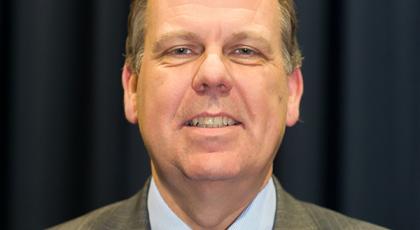To support members who are considering implementing first contact physiotherapy (FCP) or are in the early stages of doing so, the CSP is collating case studies to showcase different approaches.
The people and services featured have kindly agreed to share their experiences and insight for others to learn from.
We hope the case studies will inspire and educate members by highlighting positive examples of best practice, different methods of embedding FCP, and how they are applicable to varied environments and demographics.
Primary care colleagues explain the value of FCP, Gloucestershire
This video highlights why first contact physiotherapy is a welcome addition to the primary care network, benefiting staff and patients and resulting in positive feedback.
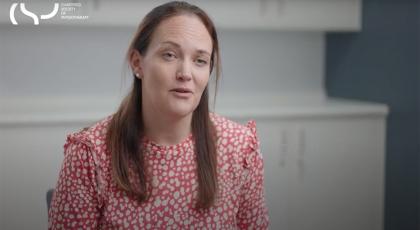
Blended student placements from FCP to secondary care, Surrey
Sylvia Wojciechowski, from Frimley Health NHS Foundation Trust, explains how she championed placements showing the whole care pathway, from FCP to secondary care.
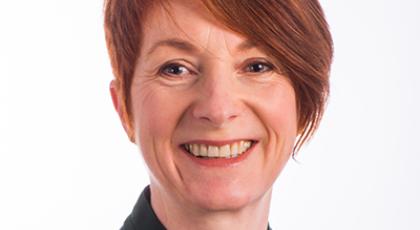
An integrated approach, East Sussex
Matthew Carr from Sussex MSK Partnership East explains how FCP is enabling a joined-up pathway of care for patients.
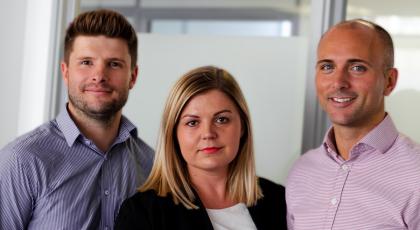
An FCP hub model, Derbyshire
An FCP hub model is giving patients convenient access to services while also ensuring integration, says Susan Buckley from Derbyshire Community Health Services.
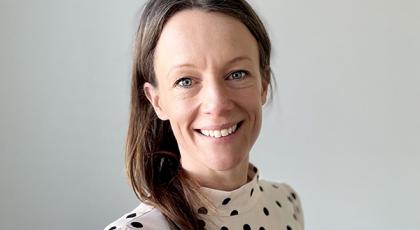
FCP in a rural setting, North Wales
An integrated approach to FCP is enabling patients from rural areas to access the service via their local GP, says Robert Caine from Betsi Cadwaladr University Health Board.
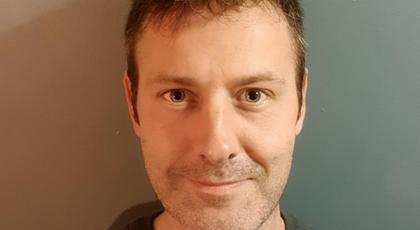
Embedding FCPs within primary care networks, London
Kingston's model involves PCNs directly employing first contact physiotherapists who are mentored by both a GP and an FCP lead who quality assures their work.
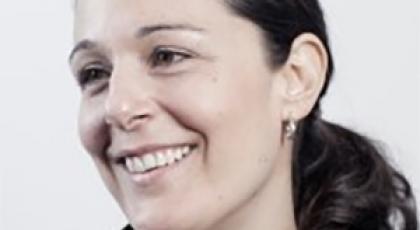
A GP's perspective on FCP, Aylesbury
Dr Graham Jackson explains that including an FCP in a multidisciplinary team ensures patients can get access to physio referrals and advice quickly.
